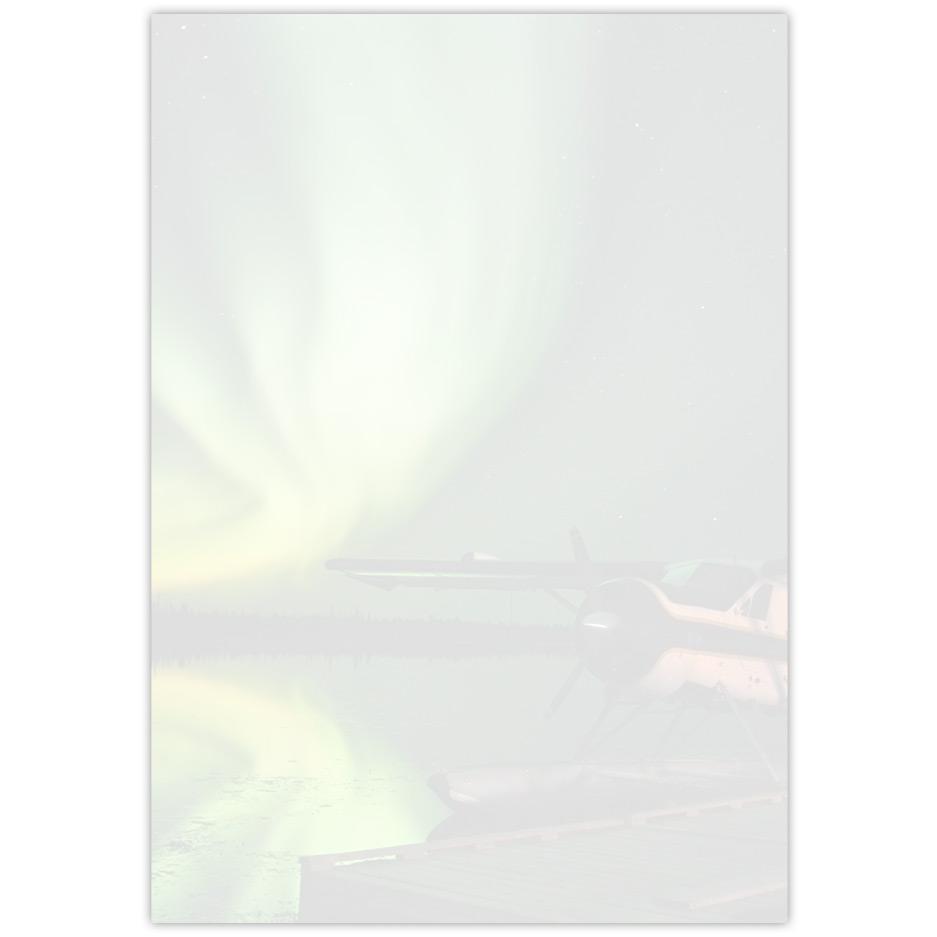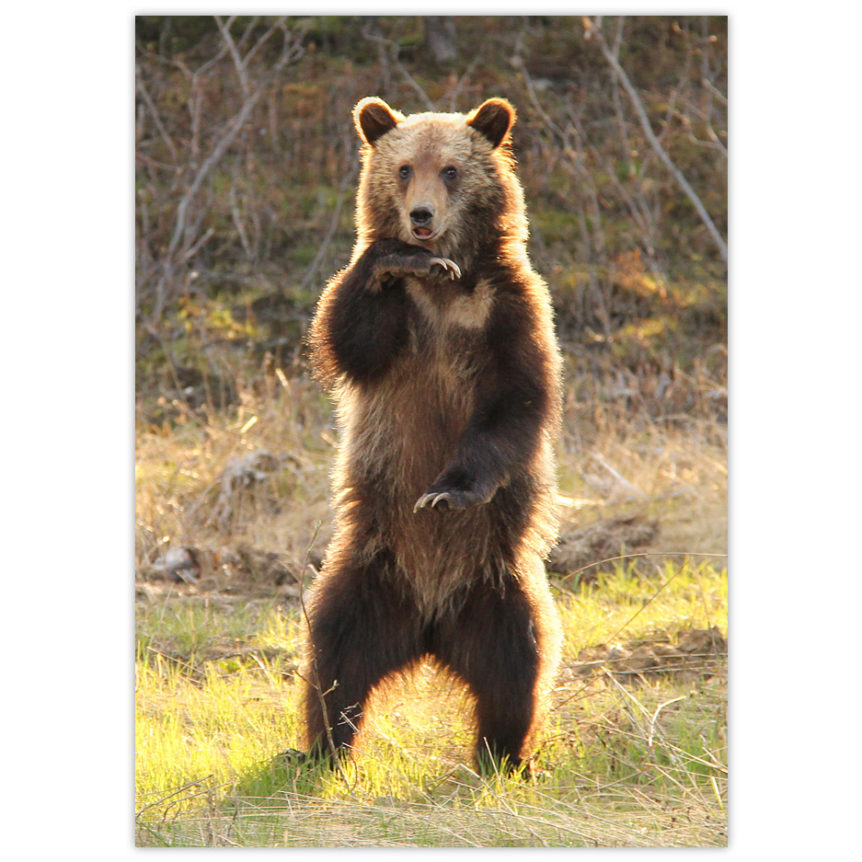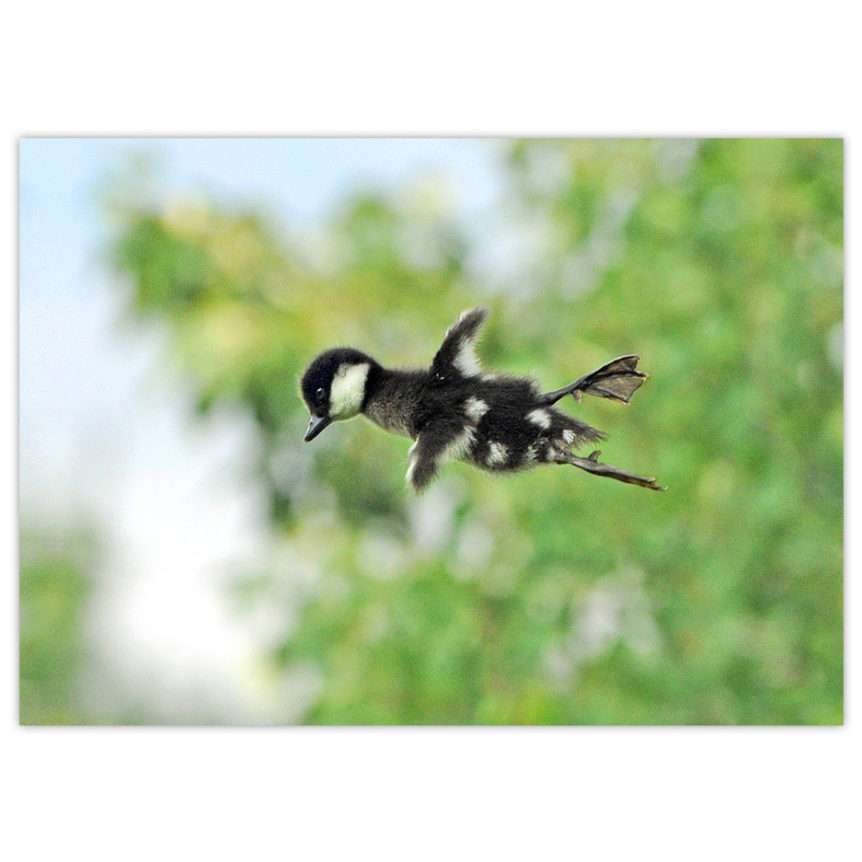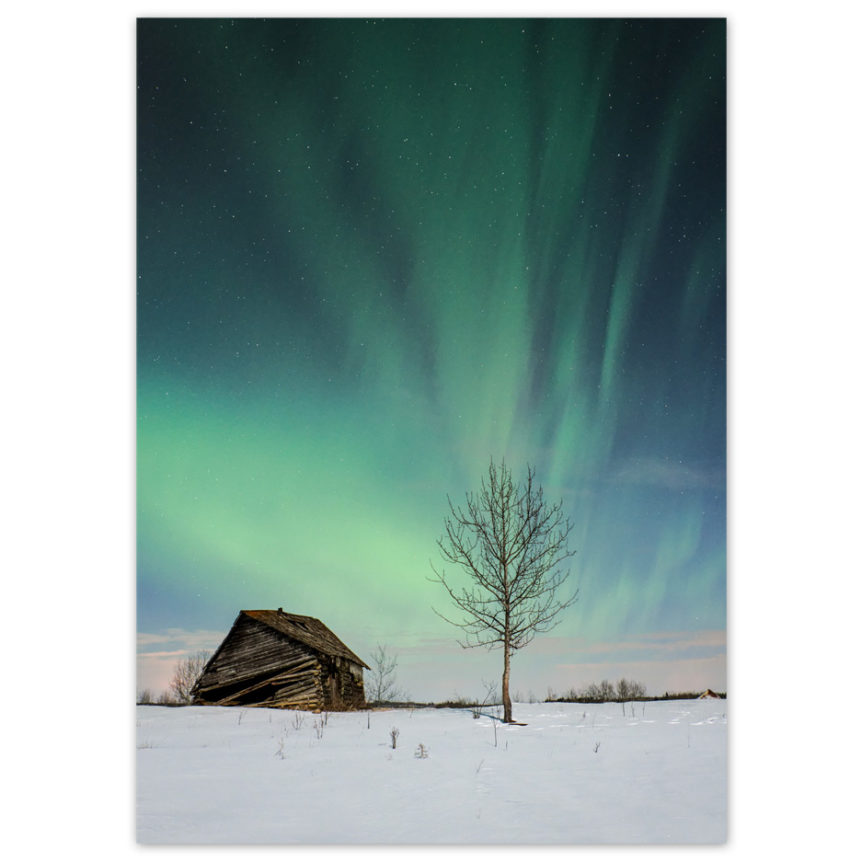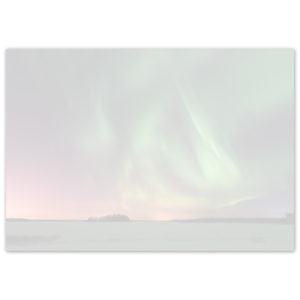Description
Story on the back of the card:
Author Sean Rossiter describes “The Immortal Beaver” as the world’s greatest bush plane – a half-ton flying pickup truck. The de Havilland Canada DHC-2 Beaver was designed shortly after WWII. Civilian pilots were consulted and expressed the need for a rugged plane that could carry a heavy load, be easily fitted with wheels, skis or floats, and have sufficient power and wing size to perform short take-offs and landings in remote areas. De Havilland engineers expressed concern regarding reduced cruise speeds with such a design, but one pilot replied, “You only have to be faster than a dog sled to be a winner.”
On August 16, 1947, WWII flying ace Russell Bannock test flew the first DHC-2 Beaver in Downsview, Ontario. In April 1948, the first production aircraft was delivered to the Ontario Department of Lands and Forests. Over a period of about 20 years, 1,657 DHC-2 Beavers were constructed, including 60 turbo-powered units.
The US Army ordered a total of 970 Beavers. They were among 30 nations that purchased the planes for military use, and many of the airplanes are now flown for search and rescue or as civilian aircraft. The Beaver has been instrumental in the development of frontiers around the world. In 1958, a Royal New Zealand Air Force Beaver supported Sir Edmund Hillary’s expedition to the south pole.
In 1987, the Canadian Engineering Centennial Board named the DHC-2 as one of the top ten Canadian engineering achievements of the 20th century. The de Havilland Beaver has been featured on a coin and a stamp.
Viking Air in B.C. supplies parts and support for the fleet worldwide. Long live the Canadian Beaver!
See more of Stuart Barr’s photos at www.stuartbarrphotography.com.
To order a print, contact him at stuart@stuartbarrphotography.com.


